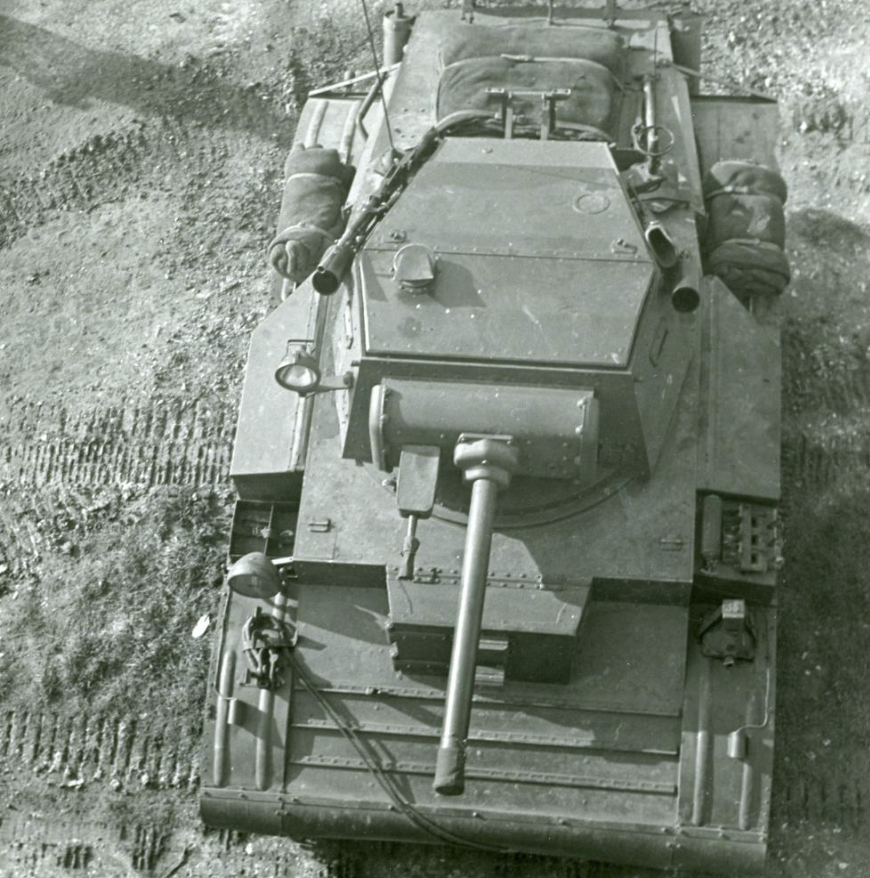The Panzerspähwagen 204(f): A French Armored Car in German Service
- kismber

- Apr 18
- 3 min read
Updated: 6 days ago

Among the diverse array of military equipment pressed into service during World War II, captured vehicles, known as Beutepanzer by the Germans, played a significant role. One notable example was the French Panhard 178 armored car, which, after falling into German hands, gained a new designation and a lengthy service history as the Panzerspähwagen 204(f).
French Origins: The Advanced Panhard 178 (AMD 35)
The story of the PzSpWg 204(f) begins in France with the development of the Panhard 178. Officially designated Automitrailleuse de Découverte modèle 1935 (AMD 35), this 4x4 armored car was designed for the French Cavalry's reconnaissance and combat needs. Adopted in 1934, with production starting in 1936 and deliveries commencing in 1937, the AMD 35 was a modern and capable vehicle for its time, featuring good mobility and a potent armament for an armored car. Its primary weapon was the 25mm SA 35 gun, considered effective against many tanks of the period, complemented by a 7.5mm coaxial machine gun. With a 105 hp engine, it could reach speeds of up to 72 km/h, and its armor provided protection up to 20mm thick.

Capture and Integration into the Wehrmacht
The swift German victory in the Battle of France in May-June 1940 resulted in large quantities of French military equipment being captured intact. Among these were numerous Panhard 178 armored cars. Recognizing the quality and utility of the design, the German military integrated these vehicles into their own armed forces under the designation Panzerspähwagen 204(f), with the "(f)" clearly indicating its French origin. Approximately 190 Panhard 178s were adopted and pressed into German service, providing a valuable addition to their reconnaissance and security units.
Deployment and Combat Record
The PzSpWg 204(f) saw widespread use across various fronts and units within the German military. Its most significant deployment was on the Eastern Front during Operation Barbarossa, starting in June 1941. Key units employing the vehicle included Panzer-Aufklärungs-Abteilung 37 (attached to the 7th Panzer Division) and Panzer-Aufklärungs-Abteilung 92 (part of the 20th Panzer Division). Smaller numbers also served with Waffen-SS divisions like Totenkopf and Germania (later Das Reich), as well as numerous lower-echelon security units tasked with rear-area control and anti-partisan operations.
These vehicles were heavily involved in the intense fighting during the initial months of the invasion of the Soviet Union, primarily fulfilling reconnaissance and screening roles. However, this period saw significant losses; reports indicate that over half of the PzSpWg 204(f) fleet deployed on the Eastern Front was lost by the end of December 1941.

Service Life, Modifications, and Fate
Due to the heavy losses and the emergence of more heavily armed opponents, the PzSpWg 204(f) was largely withdrawn from frontline reconnaissance duties in the major Panzer Divisions on the Eastern Front by mid-1942. However, its service was far from over. The vehicles continued to be valuable assets in security formations and anti-partisan units in the East until 1943. On the less demanding Western Front, the PzSpWg 204(f) remained in service in various capacities right up until the end of the war in 1945.
While most vehicles retained their original French 25mm gun, the Germans were known for adapting captured equipment. At least one example is known to have been field-modified to mount a captured Soviet 45mm 20-K anti-tank gun, likely sourced from disabled T-26 or BT tanks and possibly undertaken to replace a damaged original gun or enhance infantry support capabilities with the 45mm's high-explosive rounds. This specific modification, identifiable by its Panzergrau paint, likely occurred during the 1941-1942 period on the Eastern Front. However, this appears to have been an expedient, limited conversion rather than a standard upgrade program.
Conclusion: A Valued Asset
The Panzerspähwagen 204(f) stands out as a successful example of the German military's integration of captured equipment. Originally a capable French design, the Panhard 178 provided valuable service to the Wehrmacht across multiple fronts throughout much of the war. Despite heavy initial losses, its mobility and reliability ensured its continued use in reconnaissance, security, and support roles, making it one of the more notable Beutepanzer in the German arsenal.




